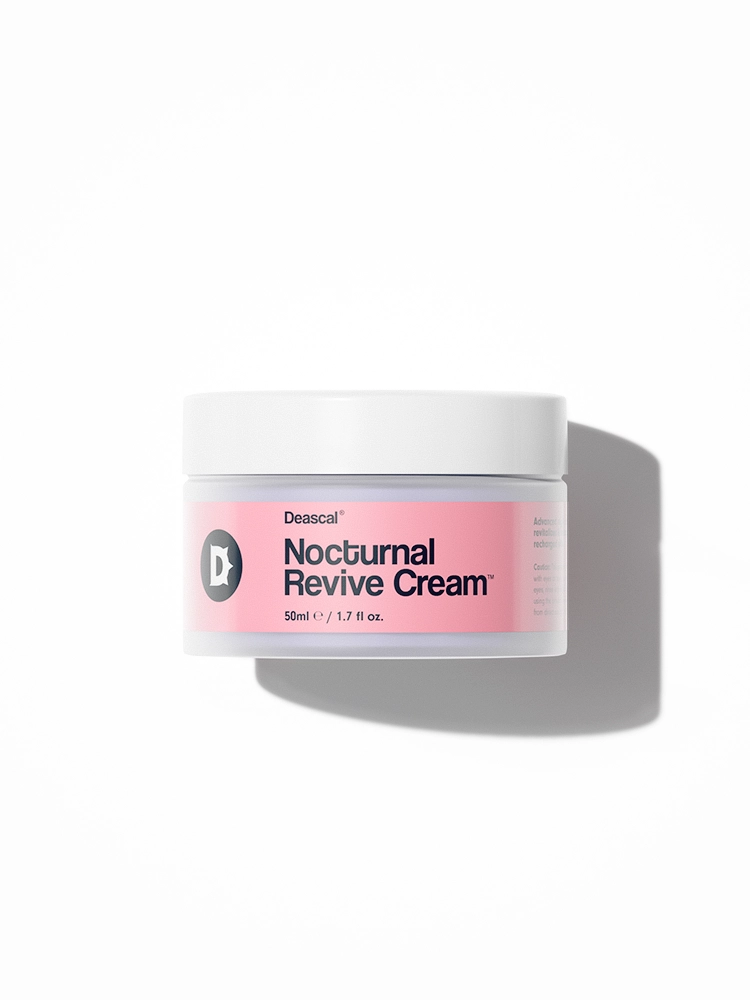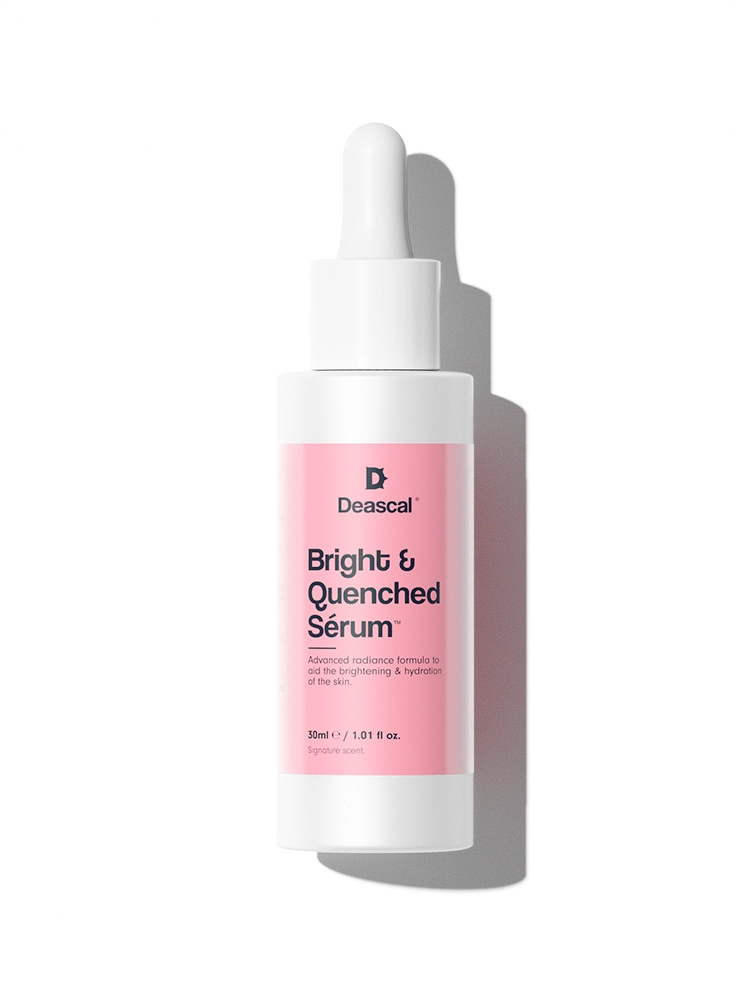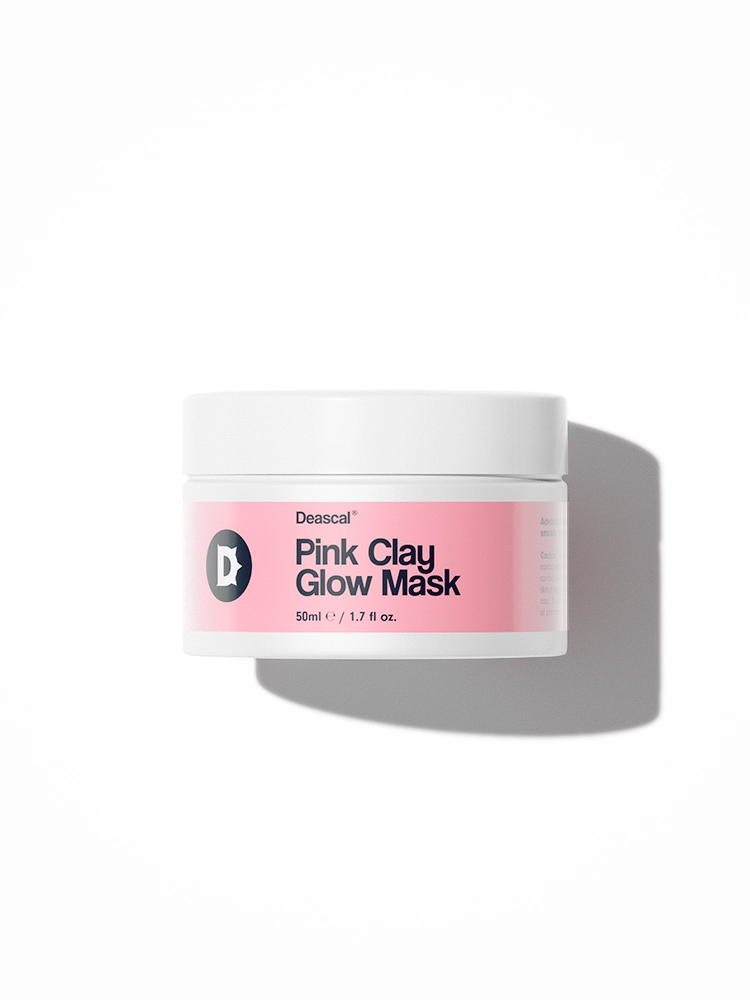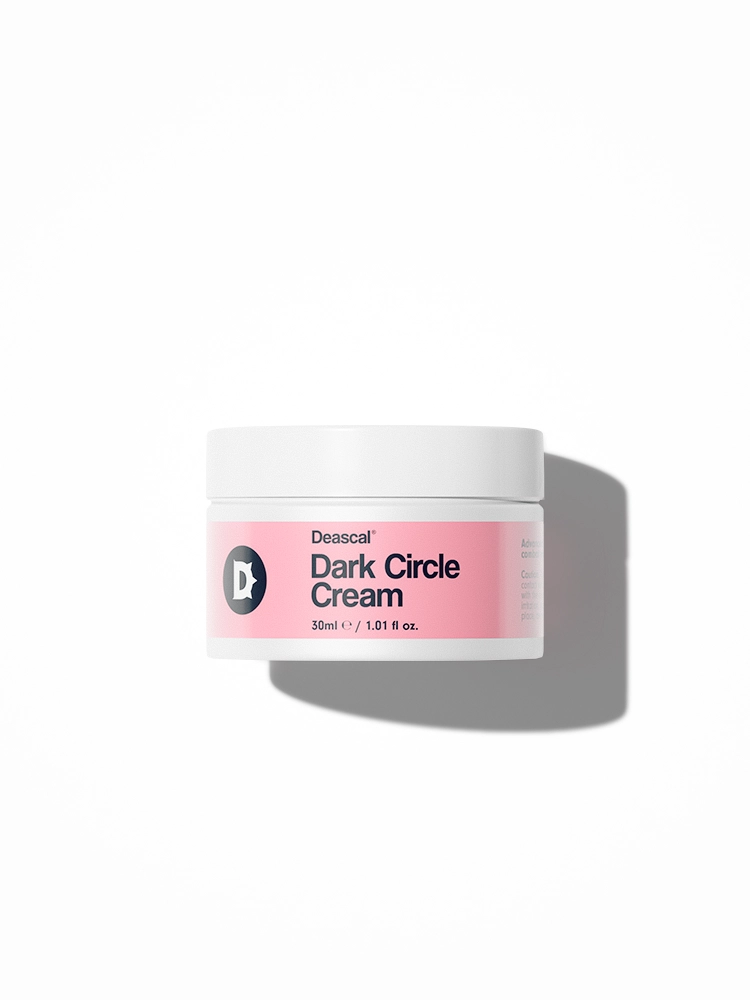What is Hydrolyzed Olive Leaf Extract?
Hydrolyzed Olive Leaf Extract is a cosmetic ingredient derived from the leaves of the Olea europaea, commonly known as the olive tree. This ingredient is also known by other names such as Olive Leaf Hydrolysate. Chemically, it is the hydrolysate of Olea europaea (Olive) Leaf Extract, which means it is produced by breaking down the olive leaf extract into smaller components through a process called hydrolysis. This can be achieved using acid, enzymes, or other hydrolyzing methods.
The use of olive leaves dates back centuries, primarily in traditional medicine for their purported health benefits. However, it wasn’t until more recent years that the cosmetic industry began to recognize the potential of olive leaf extracts. The hydrolyzed form, in particular, has gained popularity due to its enhanced ability to penetrate the skin and deliver its beneficial properties more effectively.
The process of making Hydrolyzed Olive Leaf Extract involves collecting olive leaves, which are then subjected to hydrolysis. This process breaks down the complex molecules in the leaves into simpler, more bioavailable forms. The result is a potent extract that can be easily incorporated into various skincare formulations. This ingredient is primarily used for its skin conditioning properties, making it a popular choice in products aimed at improving skin texture and appearance.
The Benefits/Uses of Hydrolyzed Olive Leaf Extract
In this section, we will delve into the officially recognized cosmetic benefits and uses of Hydrolyzed Olive Leaf Extract:
Skin Conditioning
Hydrolyzed Olive Leaf Extract is primarily known for its skin conditioning properties. This means it helps to maintain the skin in good condition. When used in cosmetic formulations, it can enhance the appearance of dry or damaged skin by reducing flaking and restoring suppleness. Essentially, it acts as a moisturizer, helping to keep your skin soft, smooth, and hydrated.
Note: the listed benefits above are exclusively based on the officially recognized and defined functions of the ingredient, as documented by the International Nomenclature of Cosmetic Ingredients (INCI).
Potential Side Effects & Other Considerations
Hydrolyzed Olive Leaf Extract is generally considered safe for topical application in cosmetic products. However, as with any ingredient, there are potential side effects and considerations to keep in mind.
- Skin irritation
- Allergic reactions
- Redness
- Itching
Regarding individuals who are pregnant or breastfeeding, data and research on the topical usage of Hydrolyzed Olive Leaf Extract during pregnancy are lacking. Therefore, it is advisable for these individuals to consult a healthcare professional for further advice before using products containing this ingredient.
Side effects and adverse reactions from Hydrolyzed Olive Leaf Extract are relatively uncommon. However, it is recommended to perform a patch test before widespread usage to ensure there are no adverse reactions.
In terms of comedogenicity, Hydrolyzed Olive Leaf Extract is rated at 1 on a scale of 0 (totally non-comedogenic) to 5 (highly comedogenic). This low rating indicates that it is unlikely to clog pores, making it generally suitable for people prone to acne, blemishes, or breakouts.




